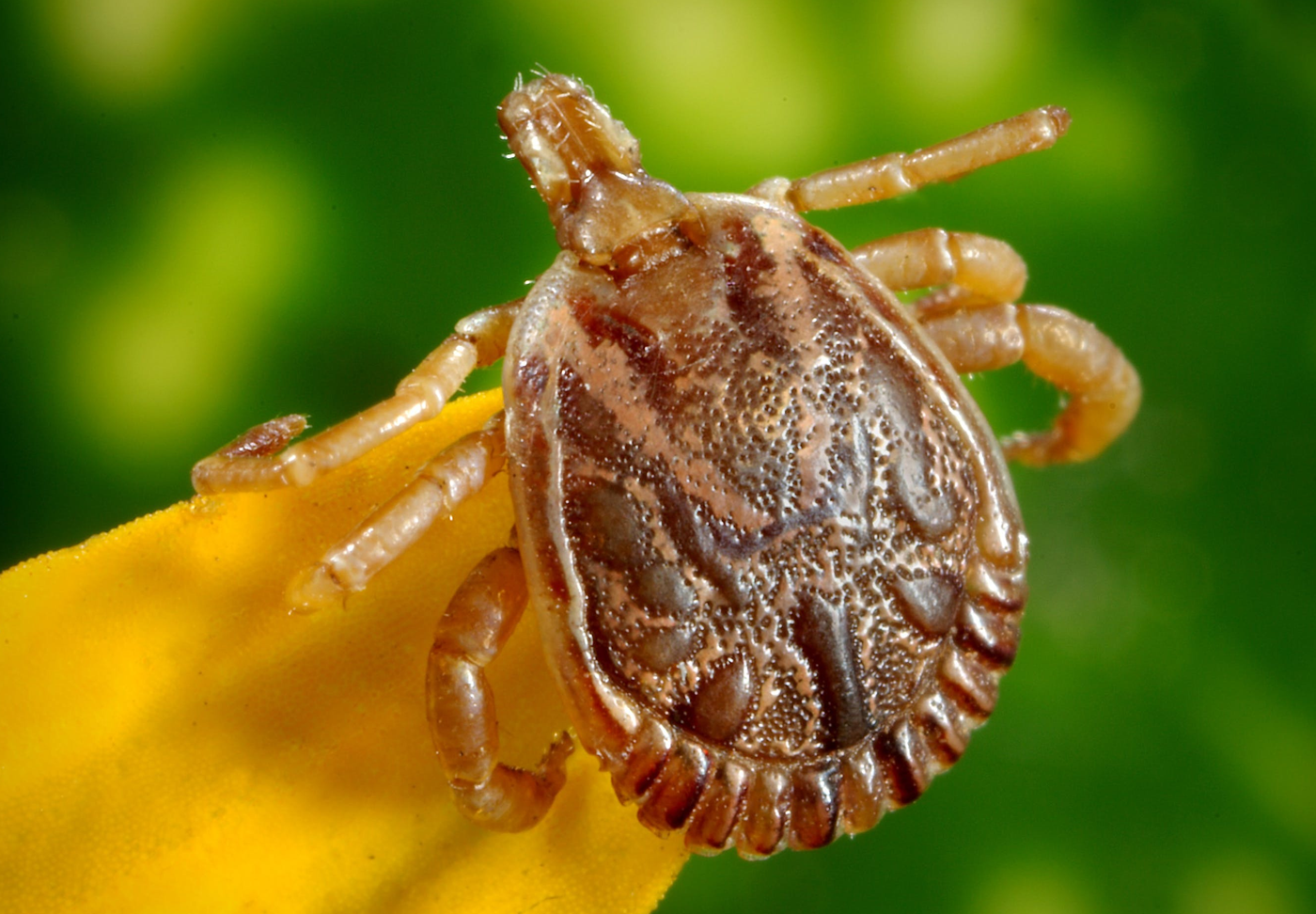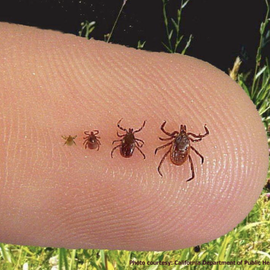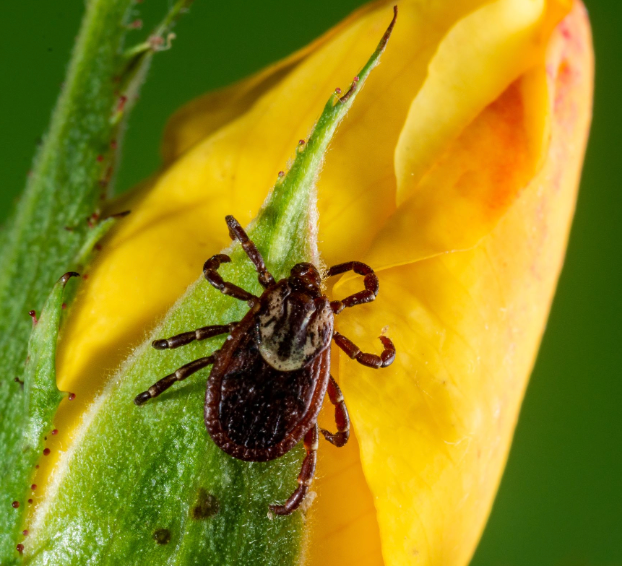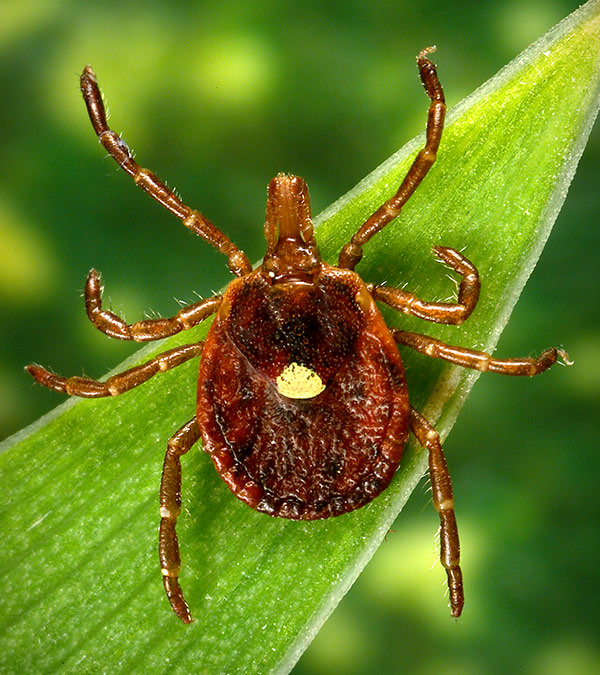
Lyme Disease
TAO Naturopathic Physicians are experienced Lyme Disease specialist at naturally treating the fastest growing epidemic in the United States that we have ever been faced with.
Perspectives on Naturopathic Medicine
At our practice, we believe that there are many perspectives and approaches to naturopathic medicine, and our focus is on treating the underlying causes of health issues rather than the diseases themselves. Patients often inquire whether we treat specific diseases, but the truth is that we address the root causes of these conditions. Diseases are essentially clusters of symptoms resulting from disruptions in the body’s biochemistry, and once we identify and correct these disruptions, the body can heal itself. Our goal is to assist the body in functioning at its optimal health potential, which typically begins with optimizing gut function. This includes identifying food sensitivities or allergies, restoring beneficial gut flora, and replenishing nutrient deficiencies. We believe that by helping the body heal and restore its functionality, there is essentially no "disease" that cannot be addressed. The symptoms of disease are simply messages from the body indicating that something is amiss—whether it’s a lack of necessary nutrients or the presence of harmful substances. It's really that straightforward.

Licensed Naturopathic Physicians
Ready to take the next step toward revitalizing your health? Click the button below to meet the compassionate and dedicated doctors at TAO Vitality, who are eager to guide you on your wellness journey!
Ticks in Connecticut
There are several types of ticks that can be found natively in Connecticut, including the blacklegged tick (also known as the deer tick) and the American dog tick.
-

Asian Long-Horned Tick
Haemaphysalis longicornis
The Asian long-horned tick is an invasive tick species that is native to parts of Asia, including China, Japan, and Korea. It has recently been found in a number of other countries, including the United States, Australia, and New Zealand.
-

Blacklegged Tick
Deer Tick
The Blacklegged tick is the primary vector of Lyme disease in Connecticut and is found in a variety of habitats, including wooded areas, fields, and lawns. The nymphal stage of this tick is most active in the spring and early summer, while the adult stage is most active in the fall.
-

American Dog Tick
Dermacentor variabilis
The American dog tick is a common species found throughout the United States and is known to transmit diseases such as Rocky Mountain spotted fever and tularemia. This hard tick, characterized by a shield-like scutum on its back, typically inhabits tall grass and shrubs, where it can attach to passing animals or humans.
-

The Lone Star
Amblyomma americanum
The lone star tick, marked by a silvery white star-shaped spot on its back, is found throughout the eastern US. The CDC recognizes it as a vector for several pathogens, including Ehrlichia chaffeensis, Francisella tularensis, Heartland virus, and Bourbon virus, as well as Southern tick-associated rash illness (STARI). It can also cause an allergy to red meat known as alpha-gal syndrome.
Unique Characteristics of Ticks
American Dog Tick
Physical appearance:
The American dog tick is a medium-sized tick that is typically about 3-5 mm in size when fully grown. It has a dark body with a distinctive white, mottled pattern on its back.
Feeding habits:
The American dog tick feeds on a variety of hosts, including humans, dogs, and small mammals. It is known to transmit a number of diseases to humans, including Rocky Mountain spotted fever and tularemia.
Life cycle:
The American dog tick has a three-year life cycle that includes four stages: egg, larva, nymph, and adult. It typically feeds once at each stage of its life cycle, with the nymphs and adult ticks being the most likely to feed on humans.
Distribution: The American dog tick is found throughout the United States, but it is most commonly found in areas with tall grass and brush, such as fields and wooded areas.
Control:
The American dog tick can be difficult to control, as it is able to establish itself in a wide variety of environments and can reproduce quickly. Efforts to control and prevent the spread of this tick species typically involve monitoring, testing, and treatment of infected animals, as well as efforts to prevent the movement of ticks and infected animals between regions. Personal protective measures, such as using tick repellents and wearing long-sleeved clothing, can also help reduce the risk of tick bites.
Asian Long-Horned Tick
Physical appearance:
The Asian long-horned tick is a small, dark tick that is typically about 2-3 mm in size. It has long, black legs and antennae, which gives it its name.
Reproduction:
The Asian long-horned tick is known for its unique reproductive habits, which allow it to reproduce both sexually and asexually. Female ticks can produce eggs without mating, which allows them to establish new populations quickly and efficiently.
Feeding habits:
The Asian long-horned tick feeds on a wide variety of hosts, including humans, domestic animals, and wildlife. It is known to transmit a number of diseases to humans, including severe fever with thrombocytopenia syndrome (SFTS) and anaplasmosis.
Distribution:
The Asian long-horned tick is native to parts of Asia, but it has been introduced to a number of other countries, including the United States, Australia, and New Zealand. It is believed to have been introduced to these countries through the movement of animals and other means.
Control:
The Asian long-horned tick can be difficult to control, as it is able to establish itself in a wide variety of environments and can reproduce quickly. Efforts to control and prevent the spread of this tick species typically involve monitoring, testing, and treatment of infected animals, as well as efforts to prevent the movement of ticks and infected animals between regions.
Blacklegged Tick (Deer Tick)
Physical appearance:
The blacklegged tick is a small, dark tick that is typically about 2-3 mm in size when fully grown. It has long, black legs and a dark body with a hard, scutum-like shield on its back.
Feeding habits:
The blacklegged tick feeds on a variety of hosts, including humans, deer, and small mammals. It is known to transmit a number of diseases to humans, including Lyme disease, anaplasmosis, and babesiosis.
Life cycle:
The blacklegged tick has a two-year life cycle that includes four stages: egg, larva, nymph, and adult. It typically feeds once at each stage of its life cycle, with the nymphs and adult ticks being the most likely to feed on humans.
Distribution:
The blacklegged tick is commonly found in the eastern and central United States, particularly in areas with dense vegetation, such as wooded areas and brushy fields.
Control:
The blacklegged tick can be difficult to control, as it is able to establish itself in a wide variety of environments and can reproduce quickly. Efforts to control and prevent the spread of this tick species typically involve monitoring, testing, and treatment of infected animals, as well as efforts to prevent the movement of ticks and infected animals between regions. Personal protective measures, such as using tick repellents and wearing long-sleeved clothing, can also help reduce the risk of tick bites.
Lone Star Tick
Physical appearance:
The lone star tick is a medium-sized tick that is typically about 3-5 mm in size when fully grown. It has a dark body with a distinctive white, star-shaped mark on its back.
Feeding habits:
The lone star tick feeds on a variety of hosts, including humans, dogs, and small mammals. It is known to transmit a number of diseases to humans, including Rocky Mountain spotted fever and ehrlichiosis.
Life cycle:
The lone star tick has a three-year life cycle that includes four stages: egg, larva, nymph, and adult. It typically feeds once at each stage of its life cycle, with the nymphs and adult ticks being the most likely to feed on humans.
Distribution:
The lone star tick is found throughout the eastern and central United States, particularly in areas with tall grass and brush, such as fields and wooded areas.
Control:
The lone star tick can be difficult to control, as it is able to establish itself in a wide variety of environments and can reproduce quickly. Efforts to control and prevent the spread of this tick species typically involve monitoring, testing, and treatment of infected animals, as well as efforts to prevent the movement of ticks and infected animals between regions. Personal protective measures, such as using tick repellents and wearing long-sleeved clothing, can also help reduce the risk of tick bites.
Tick Season in Connecticut
Tick season varies based on factors such as tick species and regional climate. Generally, ticks are most active during warmer months when temperatures exceed freezing, with peak activity typically occurring from spring through fall, specifically March to November in the United States.
Conditions like temperature, humidity, and the presence of hosts influence tick activity. Ticks thrive in warm, humid environments and are more likely to be found where hosts are abundant.
To protect yourself from tick bites during tick season, use repellents, wear long sleeves and pants in tick-prone areas, and perform regular tick checks after being outdoors.
What to do when you get bit...
Learn more by watching Dr. Myriah Hinchey's educational video on "What to do when you get bit" or download her PDF take away!
Medical Disclaimer:
The information provided in this video and/or PDF is intended for informational purposes only and is not intended as medical advice. It should not be used as a substitute for professional medical care, diagnosis, or treatment. Always seek the advice of your physician or other qualified healthcare provider with any questions you may have regarding a medical condition or treatment. Never disregard professional medical advice or delay seeking it because of something you have seen or read in this video or document. The creators of this content make no representations or warranties regarding the accuracy, completeness, or suitability of the information for any particular purpose. Reliance on any information provided in this video or document is at your own risk.If you are experiencing a medical emergency, please contact your healthcare provider immediately or call emergency services.

Lyme Disease Resources
Explore LymeBytes! Symposium's directory for grants, charities, organizations & much more!
TAO Vitality Blog
Want to learn more about Lyme Disease & Naturopathic Therapies? No problem! Visit our blog to learn more about the latest research, opportunities, and much more!




